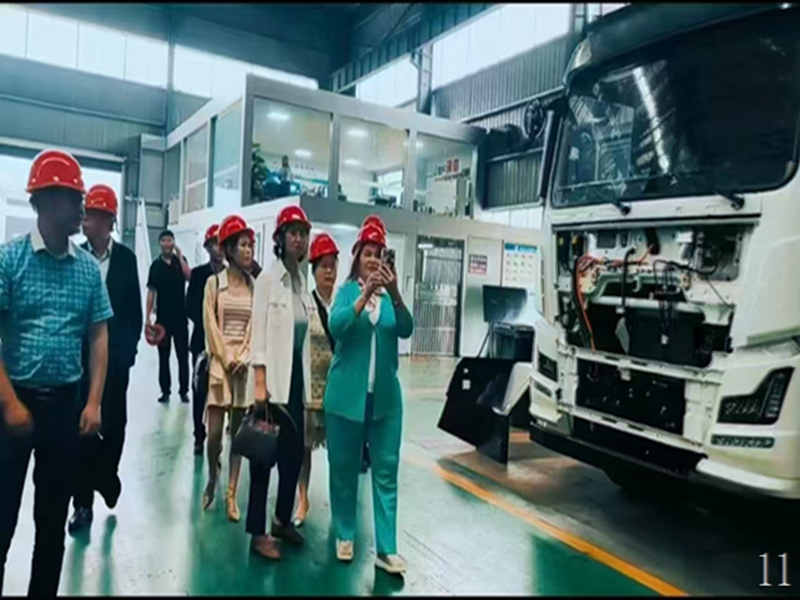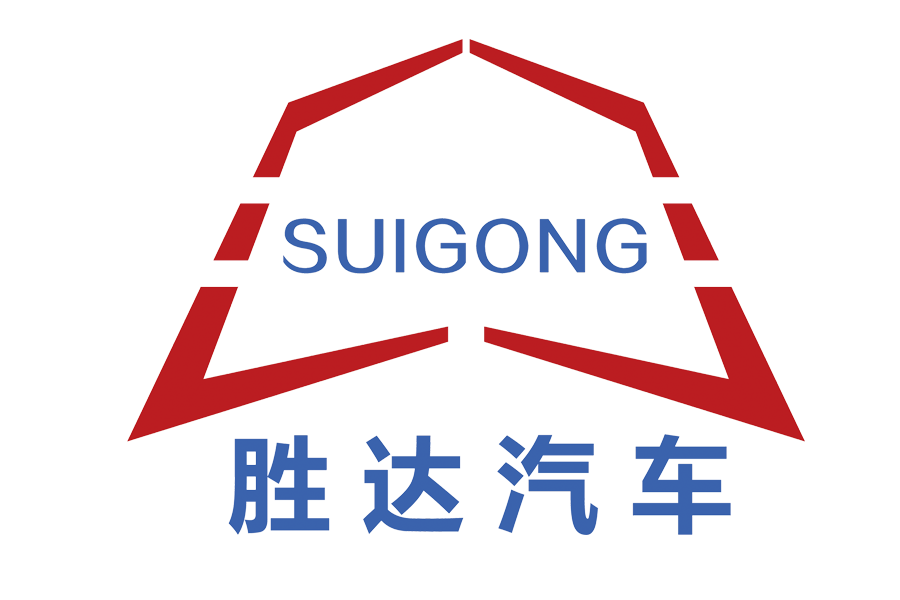Industrial parks, as engines of economic growth, face unique environmental management challenges due to intensive manufacturing activities, heavy vehicle traffic, and material handling operations. Eastern Industrial Park, a key manufacturing hub in central China with over 200 enterprises spanning automotive parts, electronics, and chemical sectors, was no exception. This case study explores how Hubei Shengda Automobile Co., Ltd. partnered with the park’s authority to address critical dust and pollution control issues through customized sprinkler truck solutions, setting a new benchmark for industrial environmental management.

Industrial Dust Pollution: Manufacturing processes, especially in metal processing and chemical plants, generated high levels of particulate matter. PM10 concentrations frequently exceeded 180 μg/m³ during dry seasons, far surpassing the industrial area standard of 100 μg/m³.
Heavy-Duty Vehicle Impact: Over 1,500 heavy trucks entered/exited the park daily, leaving oil stains, metal shavings, and gravel on roads. Traditional cleaning methods failed to remove stubborn industrial residues.
Inadequate Existing Fleet: The park’s 12 aging sprinkler trucks (5-7 cubic meters capacity) required 6-8 refills daily. Their maximum water pressure of 250 kPa was ineffective against industrial grime, and narrow 8-meter spraying width left 40% of road surfaces uncovered.
Regulatory Pressures: New environmental regulations mandated a 35% reduction in industrial dust emissions within 18 months to maintain the park’s "Green Factory Zone" certification, critical for attracting high-tech enterprises.
The park authority needed a tailored solution that could handle industrial-specific pollutants while improving operational efficiency and reducing long-term costs.
Reinforced Chassis & Tank: Built on a heavy-duty 8x4 chassis capable of withstanding 15-ton loads, ideal for the park’s rough road sections near construction zones. The 15-cubic-meter water tank, constructed from 6mm 316 stainless steel (superior to standard 304 steel), offered enhanced corrosion resistance against industrial runoff containing mild chemicals.
Anti-Sloshing Engineering: Internal tank baffles with rubber gaskets reduced water movement by 60% during high-speed travel between factory zones, improving stability and reducing driver fatigue.
All-Weather Adaptability: Insulated tank walls and heating elements prevented water freezing in winter, ensuring year-round operation—a critical feature given the park’s -5°C to 40°C temperature range.

